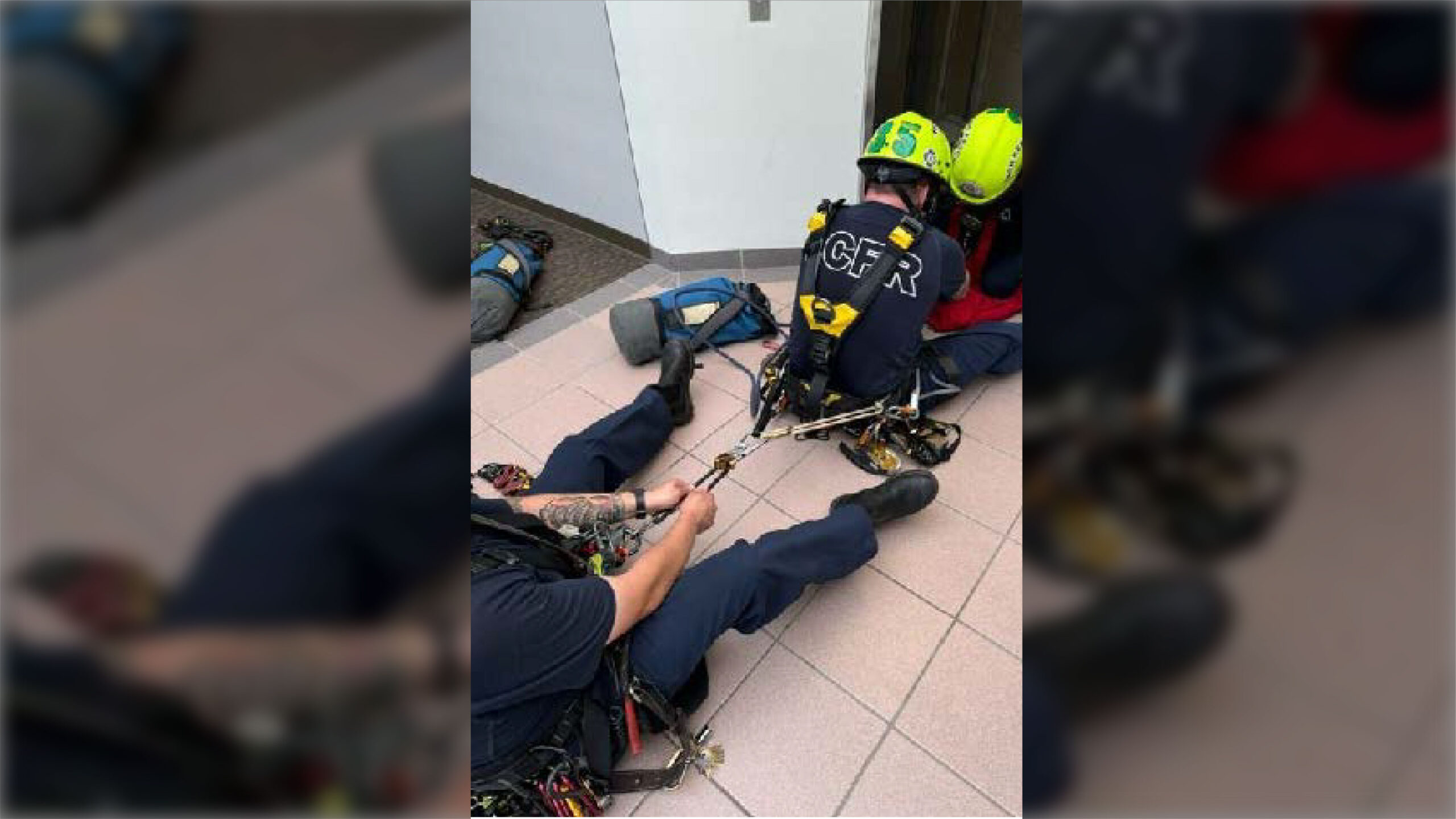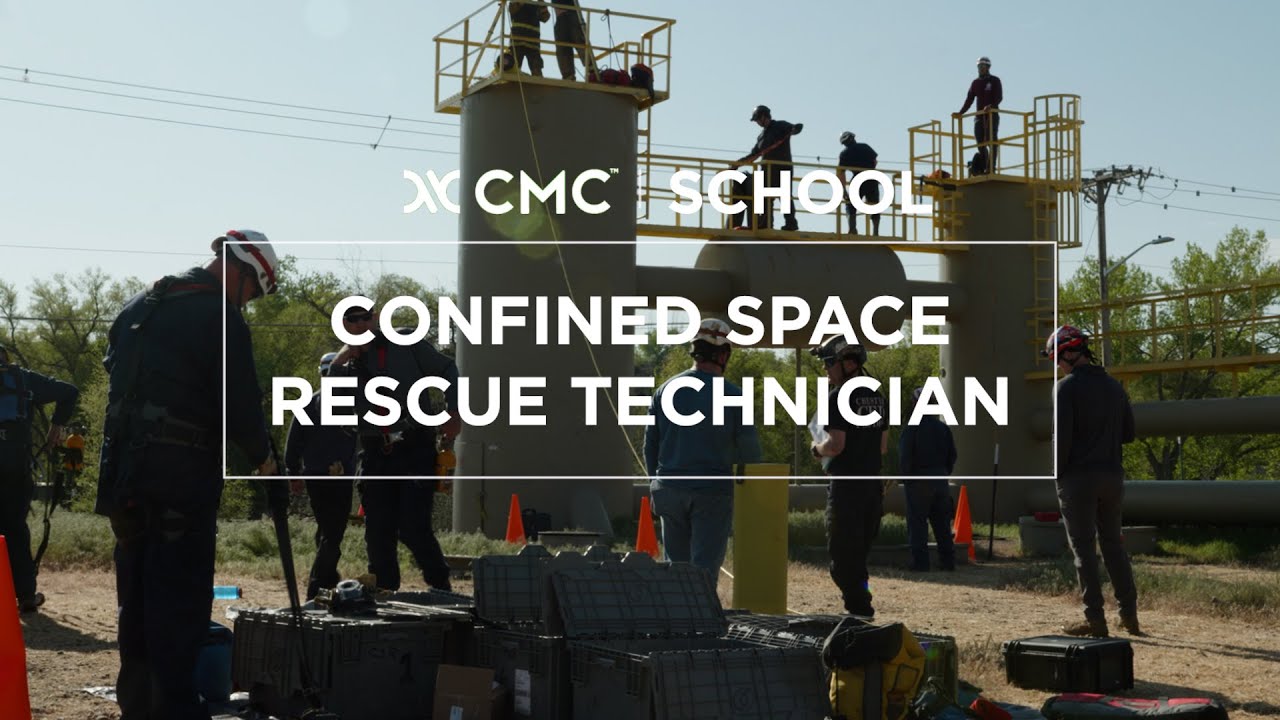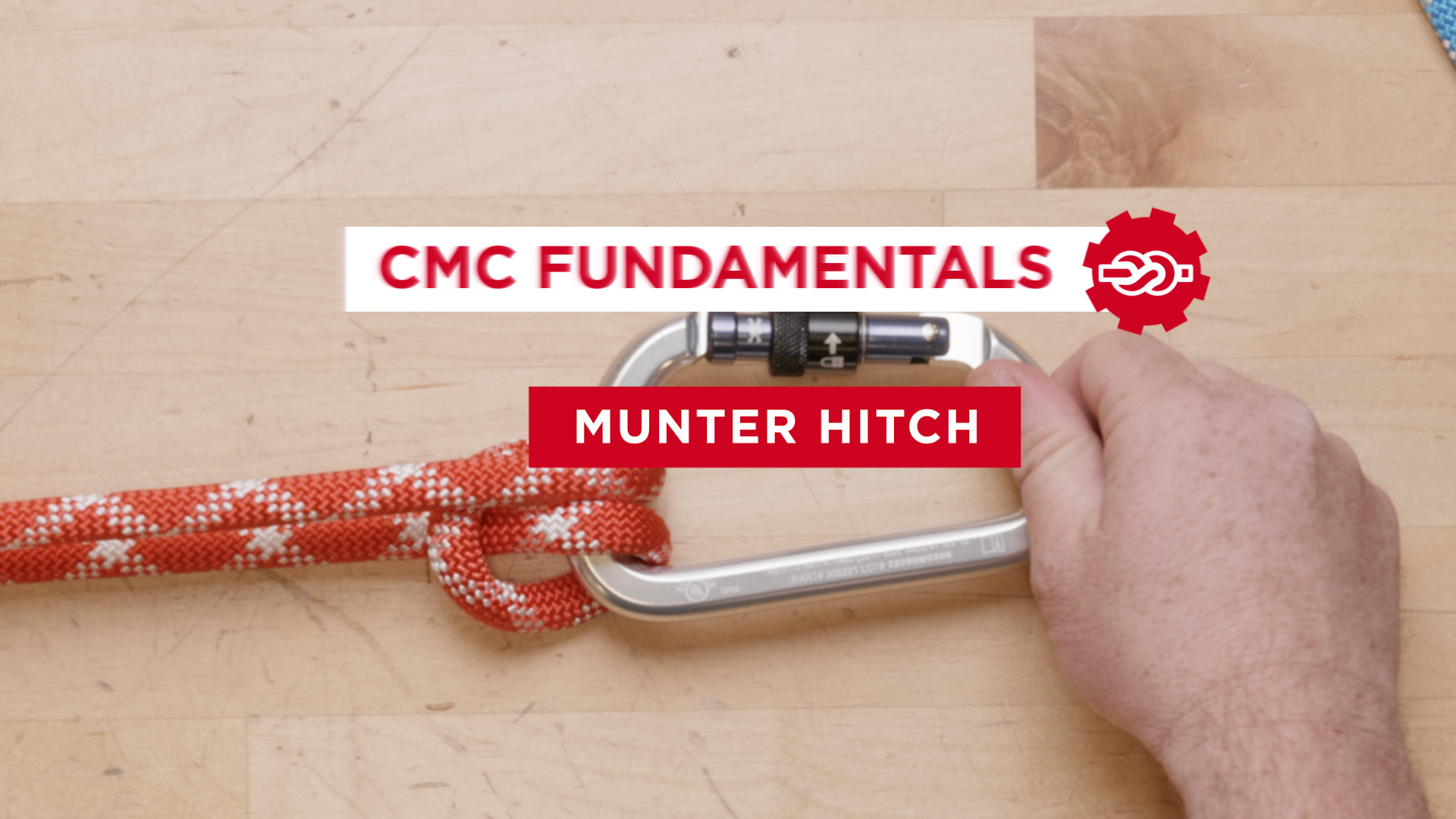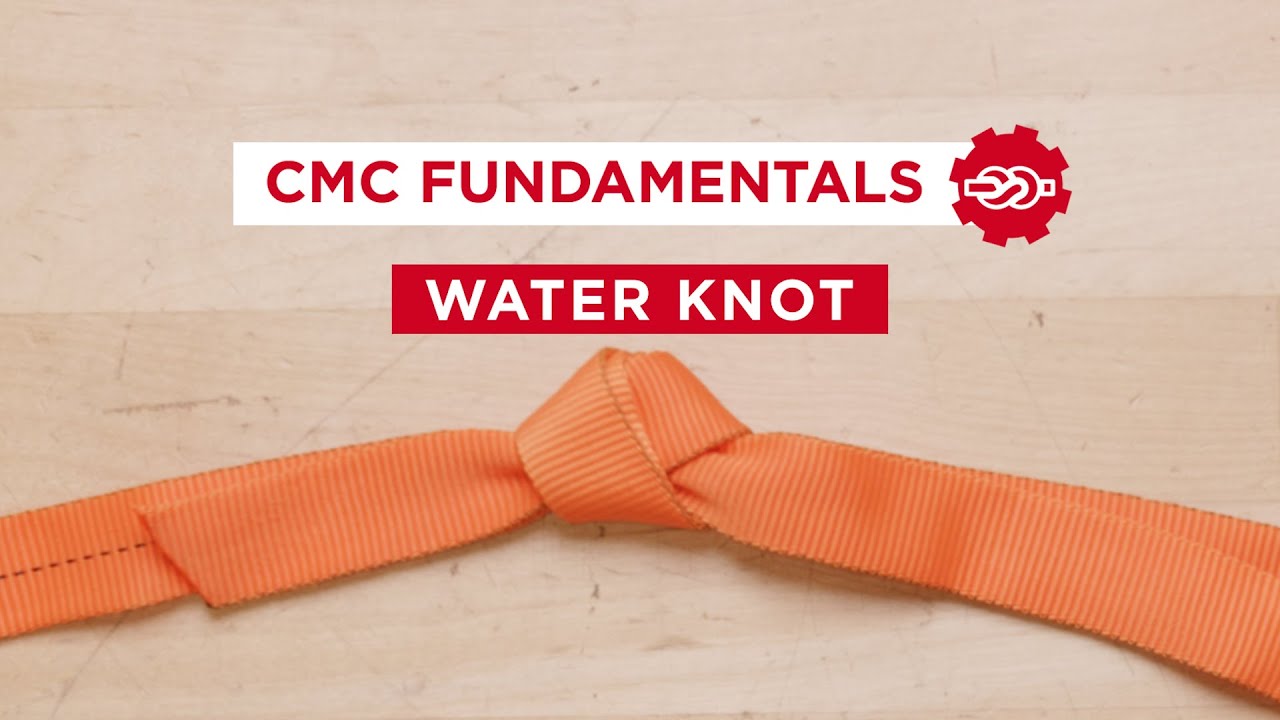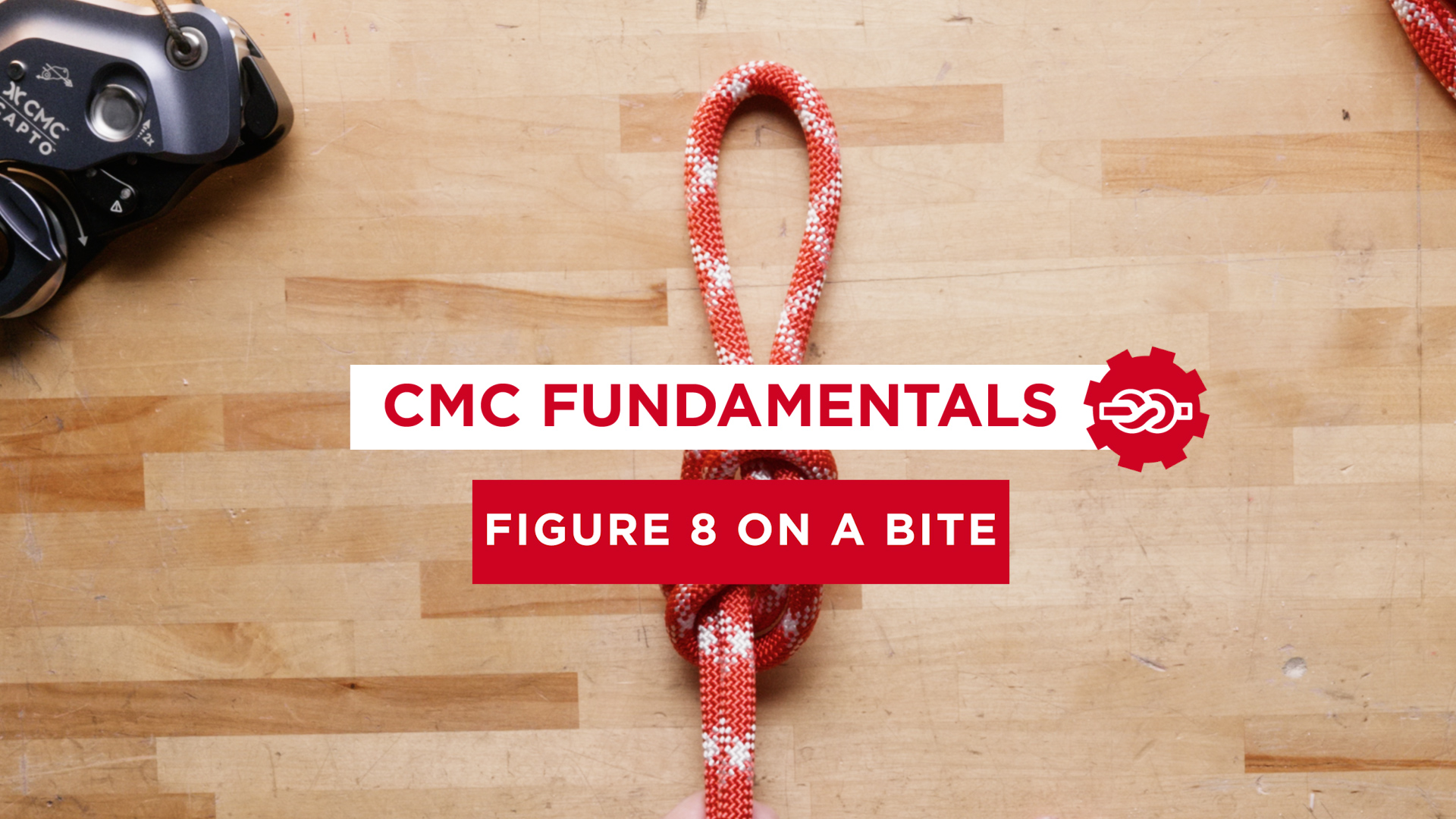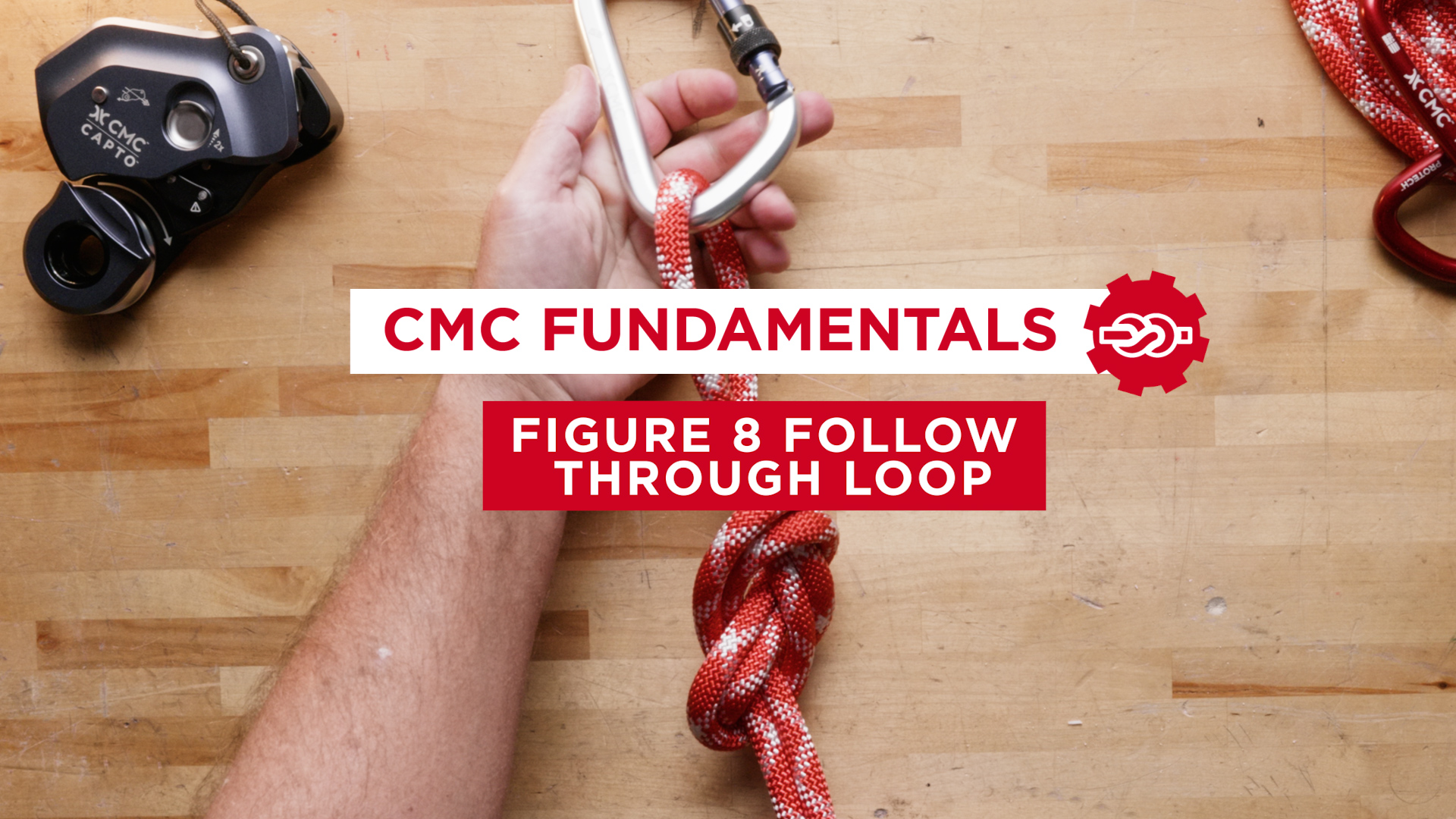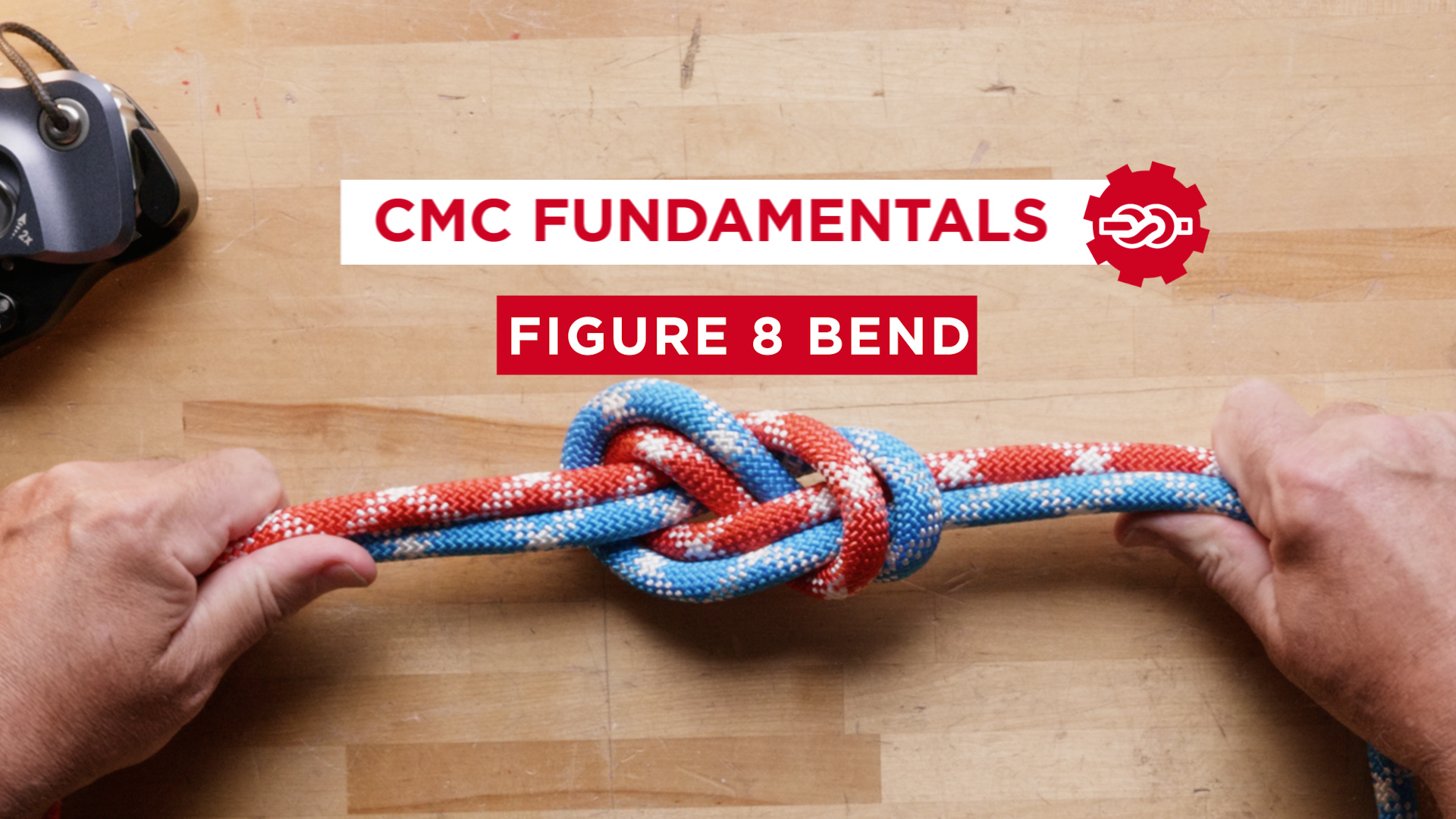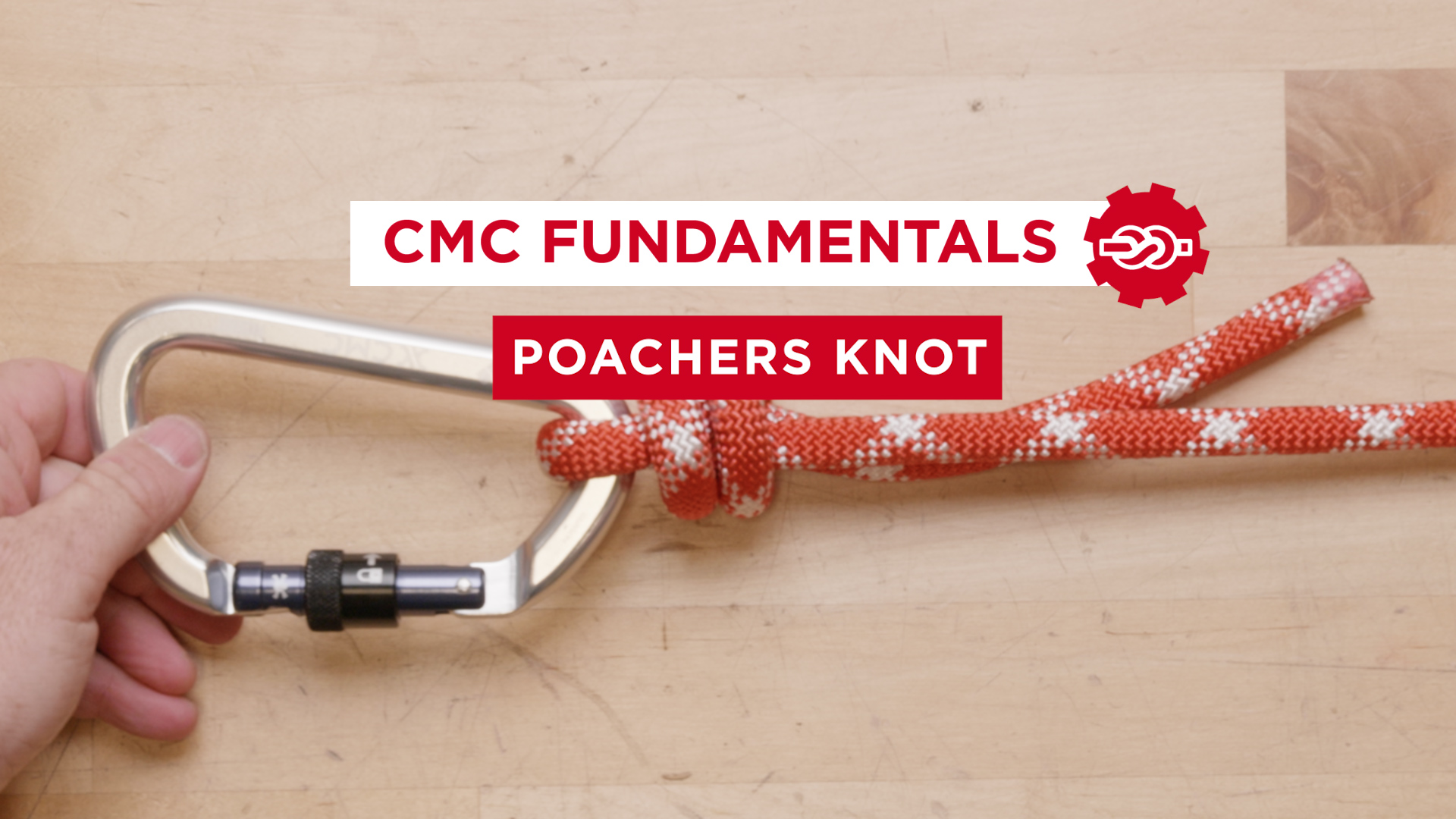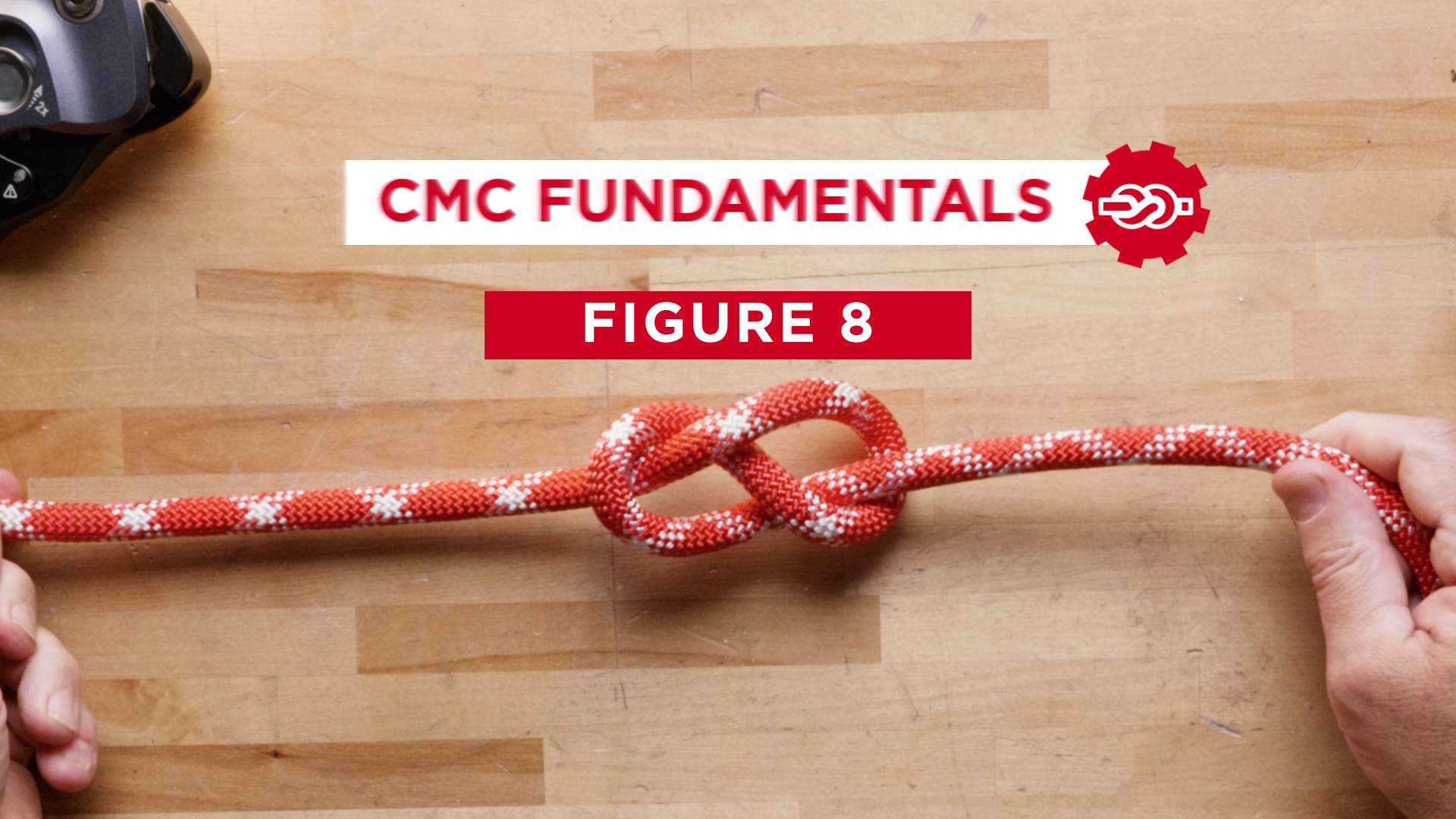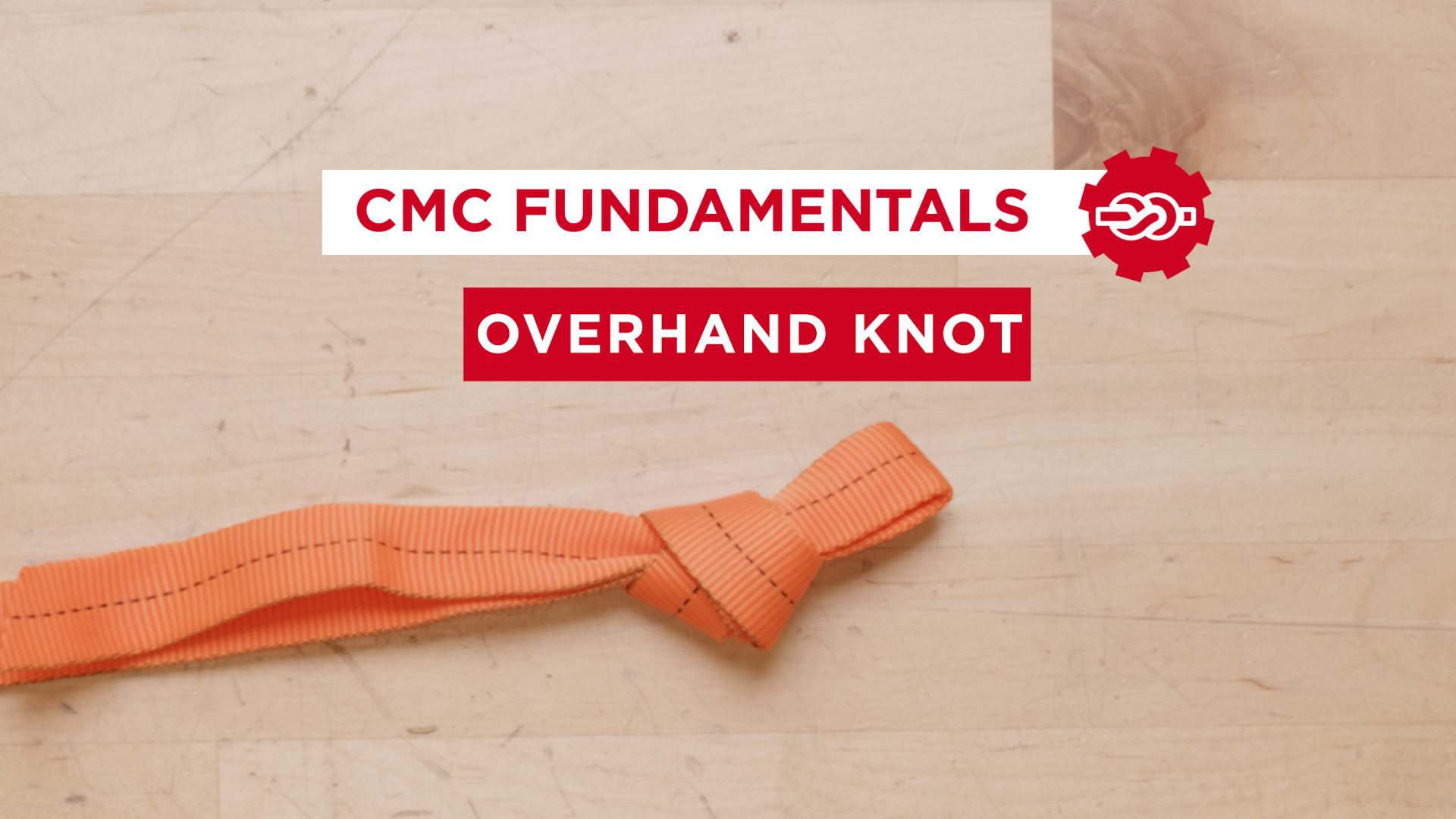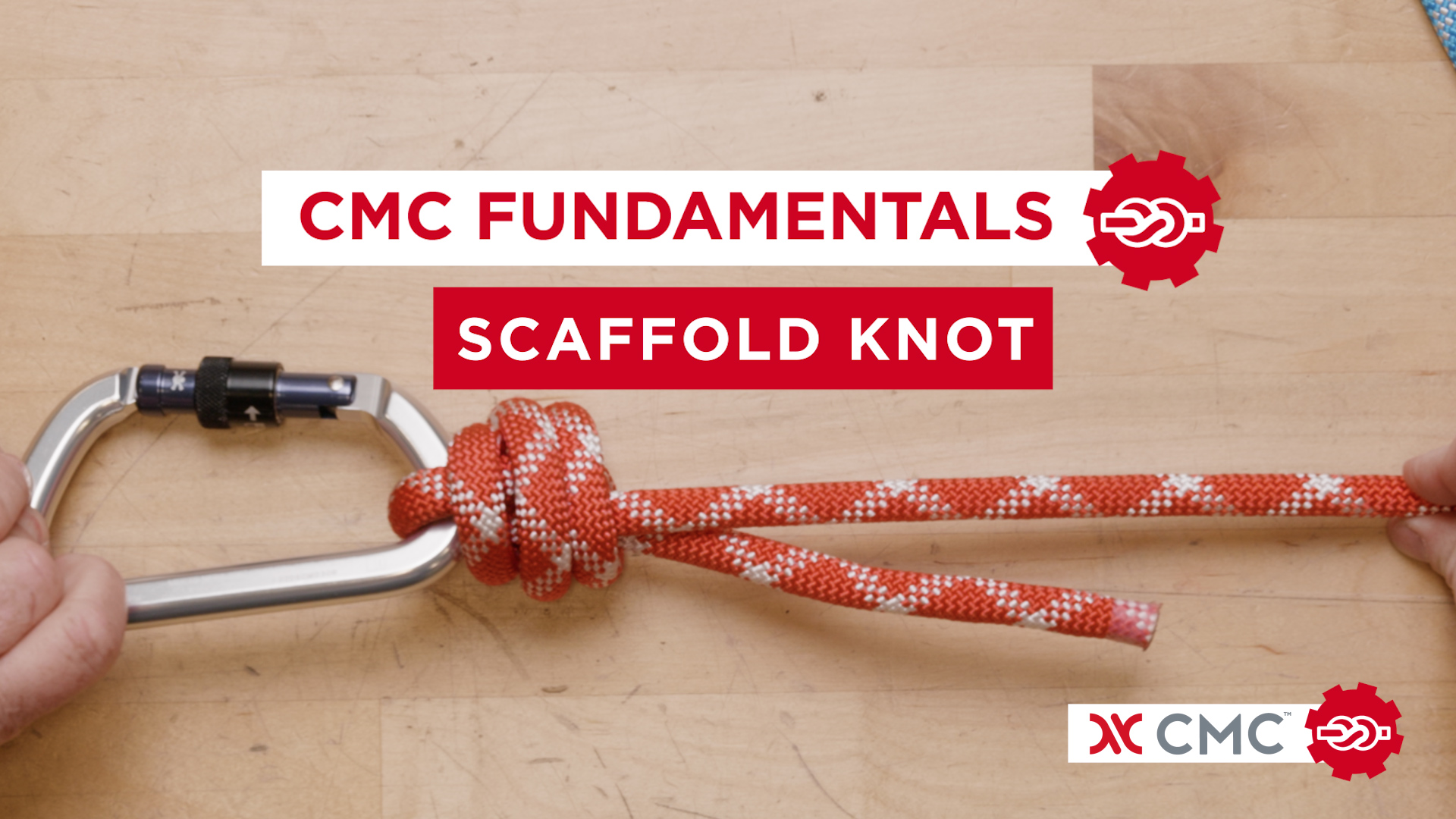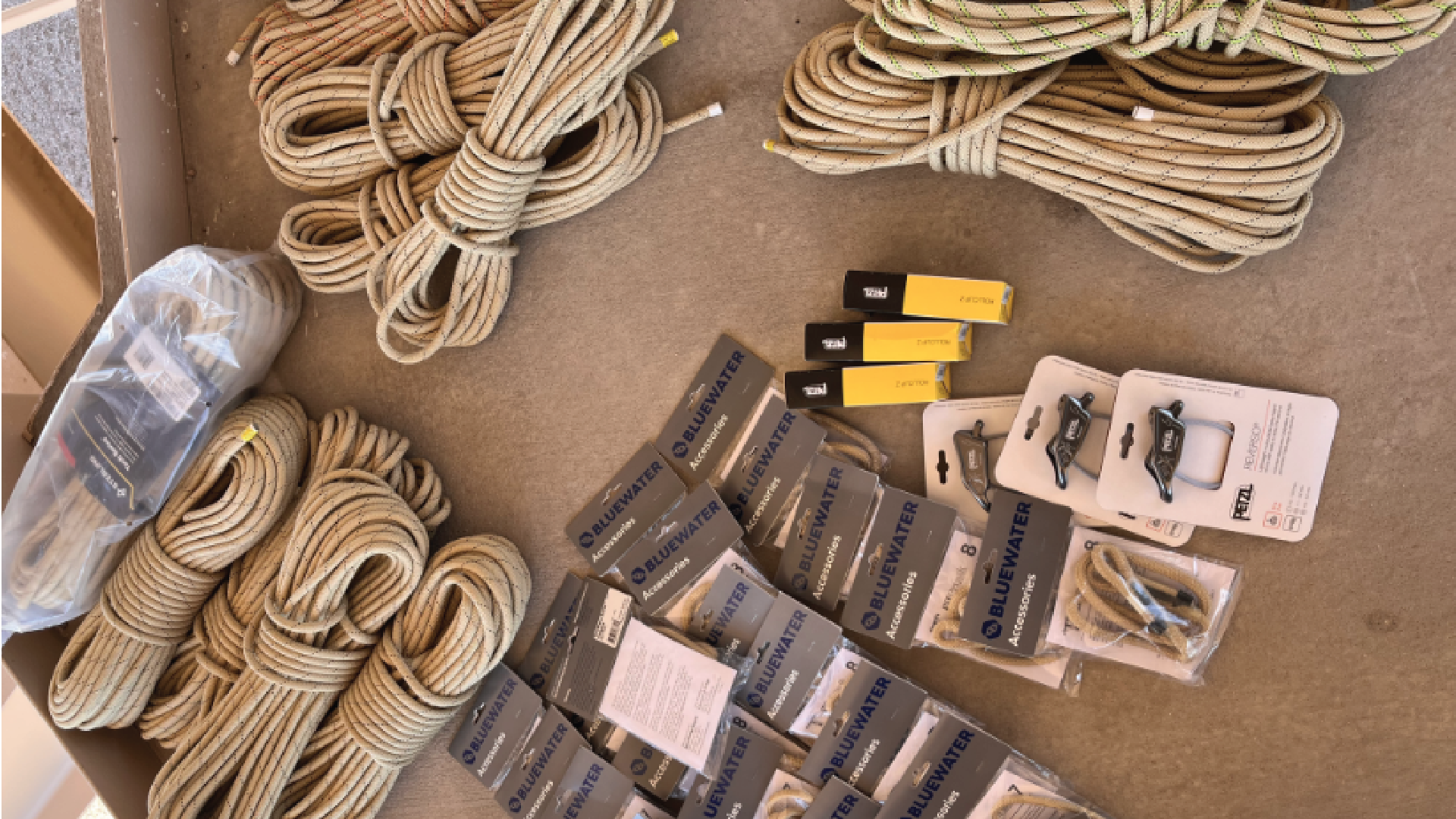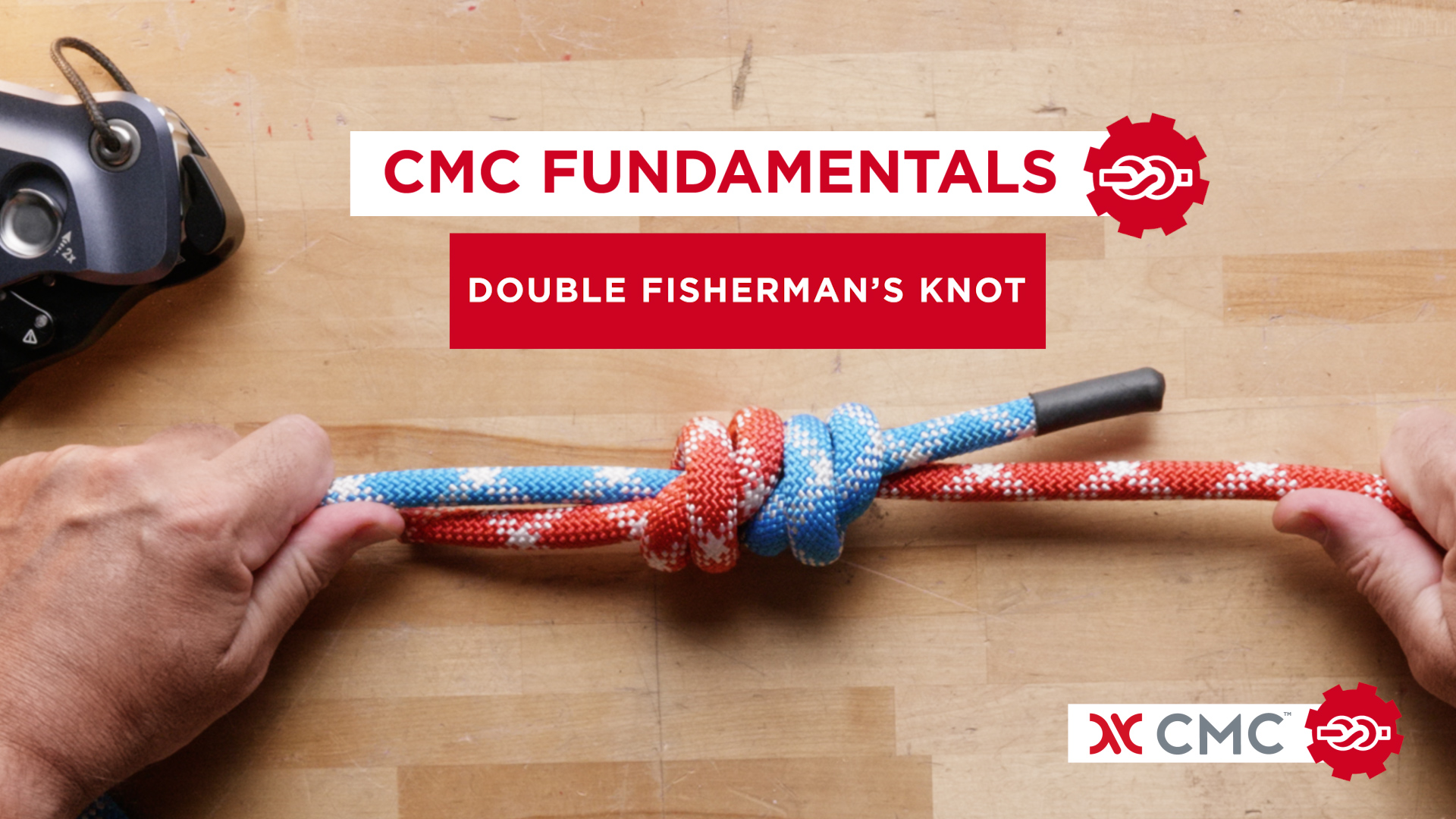Harness Service Life
The service life of a rescue harness is closely related to that of a life safety rope – both are used in the same environments, both are made from nylon or polyester and both receive similar levels of inspection and care. Since harnesses are worn on the body, they are generally better protected than ropes. On the other hand, harnesses rely on the stitching to hold them together, and due to its small diameter, the thread is more susceptible to abrasion, aging and chemical damage than web or rope.
The fall protection industry recommends two to three years as a service life for a harness or belt in use. They recommend seven years as the shelf life. The military was using seven years as a service life for nylon products. The Climbing Sports Group of the Outdoor Recreation Coalition of America states that a climbing harness should last about two years under normal weekend use. At this time, the rescue industry does not have a recommended service life for harnesses.
Through the ASTM consensus standards process, the rescue industry set 10 years as the maximum service life for a life safety rope (see ASTM Standard F1740-96 Guide for Inspection of Nylon, Polyester, or Nylon/Polyester Blend, or Both Kernmantle Rope). The guide stresses that the most significant contributing factor to the service life of a rope is the history of use. A rope that is shock loaded or otherwise damaged should be retired immediately. Hard use would call for a shorter service life than would be acceptable for a rope that sees very little use.
If we apply the same analysis to the rescue harness, then the actual use and the conclusions drawn from inspection would be the significant criteria for determining retirement. We do know that with any use a rope will age, and thus a harness is likely to do the same, so a 10-year maximum service life may well be appropriate for harnesses, assuming inspection has not provided any reason for earlier retirement.
As with life safety ropes, if the harness has been subjected to shock loads, fall loads or abuse other than normal use, the harness should be retired from service. If there is any doubt about the serviceability of the harness for any reason, it should be retired from service.

